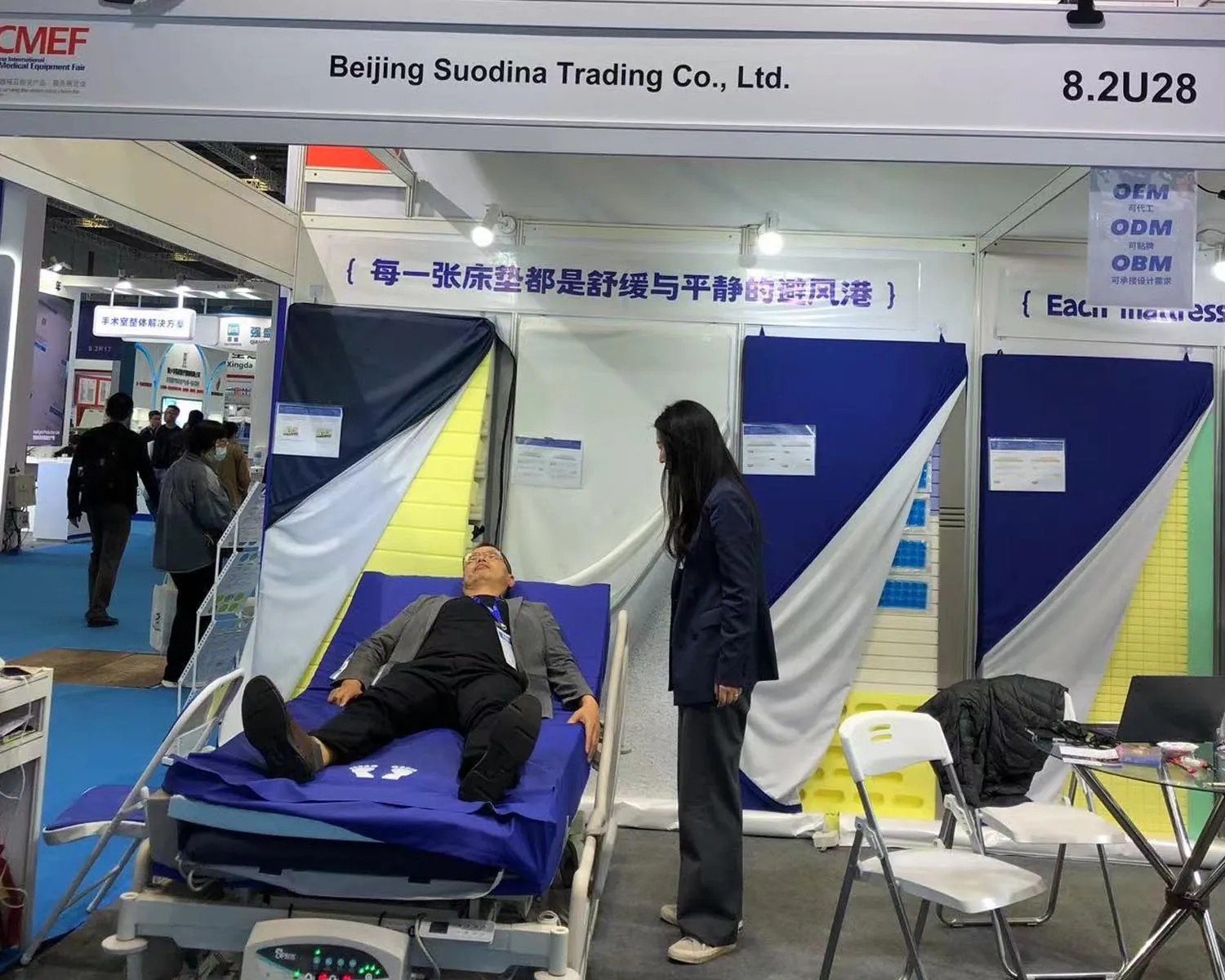Innovative Mattress Solutions for Effective Pressure Sore Prevention and Comfort
The Importance of Pressure Sore Prevention Mattresses
Pressure sores, also known as bedsores or pressure ulcers, have become a significant concern in healthcare, particularly for patients with limited mobility. These painful wounds occur when sustained pressure on the skin reduces blood flow to specific areas, leading to tissue damage. Among various prevention strategies, utilizing an effective pressure sore prevention mattress is crucial for patient care.
Pressure relief mattresses are designed specifically to alleviate pressure on vulnerable areas of the body, such as the heels, sacrum, and elbows. These areas are particularly at risk, especially for patients who spend extended periods in bed. Traditional mattresses often fail to distribute body weight evenly, leading to concentrated pressure points that can result in skin breakdown and ulcers.
There are several types of pressure sore prevention mattresses available on the market. One of the most popular is the air-filled mattress, which uses adjustable air cells to provide customizable support. These mattresses allow for the redistribution of pressure as the air cells can inflate or deflate based on the patient’s position and weight. By alternating pressure, these mattresses significantly reduce the risk of ulcer development.
Another common type is the foam mattress, which is often made from high-density memory foam or gel-infused materials. These mattresses conform to the body’s shape, providing a supportive and comfortable sleeping surface that minimizes pressure points. While foam mattresses are generally less expensive than air-filled options, they can still be highly effective when properly maintained and cared for.
famous pressure sore prevention mattress

Hybrid mattresses are also gaining popularity, combining the benefits of foam and air systems to create a superior pressure-relief surface. These mattresses often include layers of foam for comfort, combined with air cells for pressure redistribution, resulting in optimal support for patients with varying needs.
In addition to choosing the right mattress, it is essential to couple it with other preventative measures to ensure comprehensive care. Regular repositioning of the patient, maintaining skin hygiene, and conducting regular skin assessments are crucial components of a proactive pressure sore prevention strategy. By integrating these practices with the use of advanced mattresses, healthcare providers can significantly reduce the incidence of pressure sores.
For caregivers and healthcare professionals, investing in a quality pressure sore prevention mattress is a proactive approach to improving patient outcomes. Not only do these mattresses enhance comfort, but they also play a critical role in reducing medical costs associated with treating advanced pressure ulcers, including surgical interventions and extended hospital stays.
In conclusion, pressure sore prevention mattresses are vital tools in the ongoing battle against pressure ulcers. By understanding the various options available and incorporating them into a holistic prevention strategy, healthcare providers can protect their patients from the painful and often debilitating consequences of pressure sores. The integration of advanced mattress technology, combined with diligent care practices, ensures that vulnerable patients receive the best possible protection and support in their recovery journey.
-
The Effect of Coconut Foam Mattress Breathability and Humidity Regulation on Improving Sleep QualityNewsJul.03,2025
-
How Wave Mattress Systems Improve Blood Circulation During ImmobilityNewsJul.03,2025
-
The Climate-Adaptive Sleep Revolution: Exploring the Benefits of Cooling Gel Memory Foam MattressesNewsJul.03,2025
-
Exploration of the Role of Coconut Foam Mattress in Preventing Bedsores in the ElderlyNewsJul.03,2025
-
Comparing Wave Mattress and Air Mattress: Which Is Better for Medical Use?NewsJul.03,2025
-
Analysis of Comfort and Environmental Performance of Natural Latex and Coconut Foam MattressNewsJul.03,2025
-
Multi-Layer Construction for Enhanced Performance in Gel Mattress PadNewsJun.24,2025

